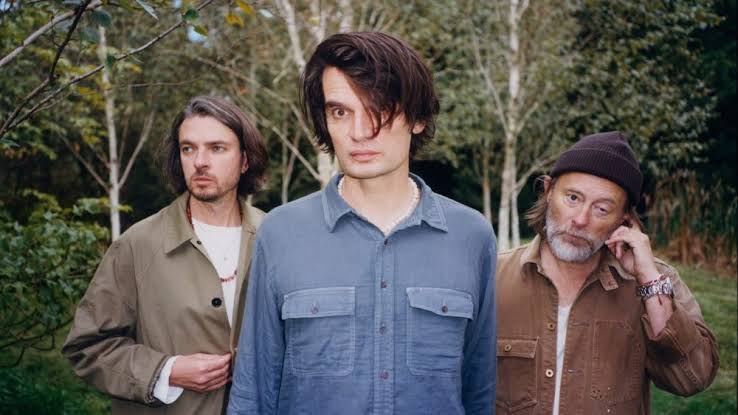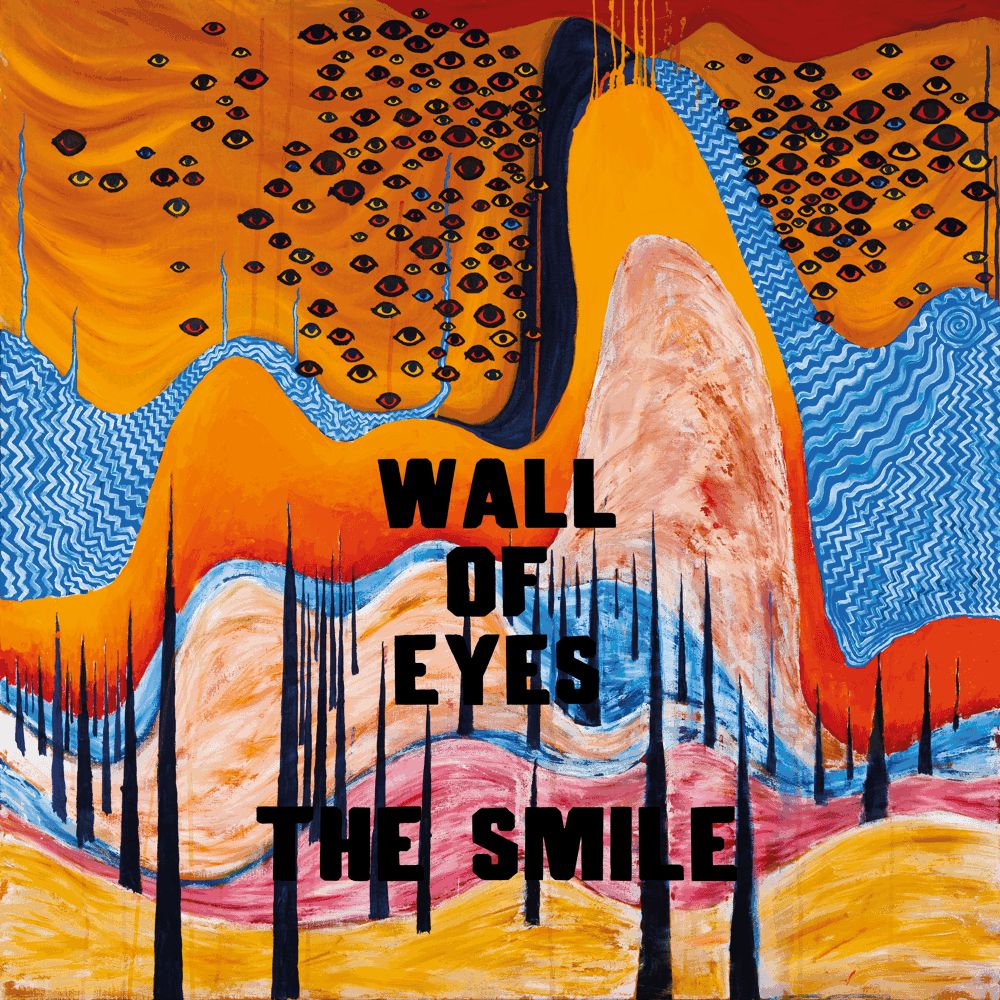The Smile “Wall of Eyes” Album Review

Wall of Eyes
The Smile returns with “Wall of Eyes,” a stunningly magnificent second album. For this record, no one has to check in with a Deep Listening Consultancy to decipher its meaning, which is part of the appeal.
The album truly walks with a unique gait. Despite only having eight tracks, none of them are shorter than five minutes. There are many of spacious, luxuriant places that combine to create thoughtful, jammy meanderings.
Greenwood and The London Contemporary Orchestra’s string arrangements replace the heavy guitar and arpeggiated playing. The whole album is just a sweeping, smiling symphony. And, this may have resulted from Sam Petts-Davies handling production tasks instead of longtime partner Nigel Godrich.
Like their “Wall of Eyes” is moodier and sparser, like a tree in the winter. The tracks are like long branches branching out, each with its own quirks, complexity, and musical movements, but all clearly connected to the same root.
Album Cover Art
The album cover features an oil painting consisting of a blend of various colours that appear to be moving upward in the direction of some anti-gravity suction pull. But what is particularly striking is how the black lines getting sucked out of what appears to be a ground go up to form eyes; a Wall of Eyes.
Tracks and Features
A gentle strumming of the acoustic guitar opens the first track. Then Skinner’s drumming kicks in, hammering out a gothic samba-style beat in 5/4 rhythm. As the world becomes black and white around them, people are dancing and “raising a glass to what [they] don’t deserve.” As the song continues to get discordant, Yorke is “strapped in” and powerless to do anything but watch. Yorke appears to be condemning the elite’s inaction on a worldwide scale throughout Wall of Eyes.
In “Read The Room,” tense polyrhythmic guitars sway from side to side above marching drums that drag grudgingly, akin to millionaires unwilling to help address the climate catastrophe. Then, as if to clear its throat, the song abruptly shifts into a steadying post-punk groove. A haughty Yorke sings, “Come on out, come on out, we know you’re there.”
Similar to that, “Friend of a Friend” opens with simply the piano and a somber Yorke. A frantic burst of sound is produced as the strings abruptly unite with the aerial synth. Yorke often espouses an eschatological viewpoint. He watches as plates spin and alerts us to the impending collision with the earth. It makes no difference if he selects ice or fire, love or hate. As Robert Frost hinted, there is death on both paths.
“I Quit” advocates giving up to this inevitable fate. He approaches the light, his tremolo guitar strumming maintaining against a glitched, swaying synth. Then, when he follows their lead along a “new path out of the madness to wherever it goes,” strings play him out. Whether they are in harmony or discord, his thoughts seem to be conversing with one another. In light of this, it appears that the record aims to break through fresh ground while simultaneously recognizing the boundary and unavoidable mythology of the box that Radiohead resides in.
The eight-minute odyssey “Bending Hectic” brings this voyage outward to a crescendo. As Yorke rides through the Italian countryside, getting ready for an imminent crash, a somber acoustic guitar sighs alongside dreamy strings. He achieves a fuzzy, severely feedback edge after four minutes of cinematic travel.
“A Day In The Life” is about learning to live with life’s uncertainties.
Album Theme
The album gives you the clarity of a fresh set of post-apocalyptic glasses, allowing you to see yourself and the foggy world around you. Though Yorke’s prose nevertheless maintains its foreboding but constrained omniscient perspective
Production Credits
The LP was produced and mixed by Sam Petts-Davies.




























